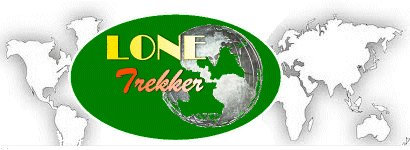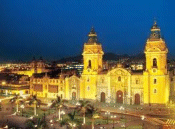Lima, Peru
Many visitors to Peru use Lima as a transit point to other parts of the country such as Cusco. The most they see is the airport of a hotel close by. Lima is worth a exploring with its historic buildings, monasteries, museums, old streets with wooden balconies. Soak up the atmosphere in the coastal neighborhoods of districts of Miraflores and Barranco.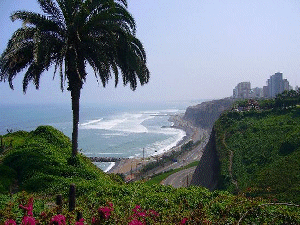
In the 1920s this was where rich and famous Peruvians built their summer houses - but as the city eventually merged into the resort, the rich and famous moved elsewhere.
Many of the buildings fell into decline over the late 20th century. Now they are being restored to their former art-deco glory. This isn't just the work of developers. Many places have been taken over by artists' collectives and, if you can find a resident bohemian, they're usually happy to show you their building.
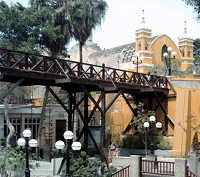 It's worth taking time to wander around the many atmospheric bars and restaurants and surprising sights, from the dilapidated but beautiful church of La Ermita to free public dance classes in the Parque Principal. The traditional wooden Bridge of Sighs built over a gully in the middle of leafy trees, represents a traditional stroll by old Lima. Walking by its main park, Bajada de Baños or visiting the old library, the museum and the streetcar, these all take us to a nice ride to the past.
It's worth taking time to wander around the many atmospheric bars and restaurants and surprising sights, from the dilapidated but beautiful church of La Ermita to free public dance classes in the Parque Principal. The traditional wooden Bridge of Sighs built over a gully in the middle of leafy trees, represents a traditional stroll by old Lima. Walking by its main park, Bajada de Baños or visiting the old library, the museum and the streetcar, these all take us to a nice ride to the past.Barranco is more noted for its restaurants than shops but has the odd quirky attraction, such as the museum of electricity and the food markets. Best of all, it's small enough and safe enough to just wander about. Also, away from the main thoroughfare and down towards the sea it could even be described as tranquil - not something you can say for much of the rest of Lima.
Miraflores
Explore Miraflores by foot. Here are three suggested walking tours.
Shopping Walking Route The first is a route for shopping and exploring the commercial aspects of the city.
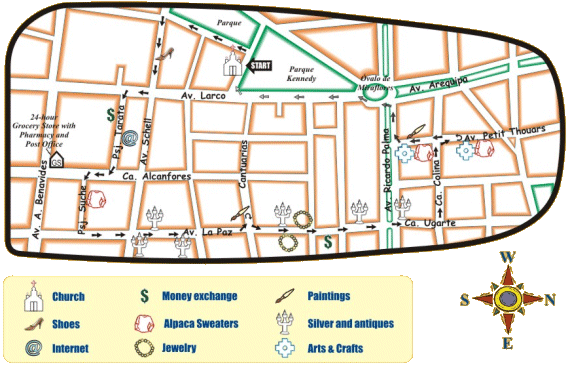
Arts and History Walking Route Route includes nine small art galleries and one large one, a tiny museum and an archaeological site. The galleries are a mixture of privately and publicly owned. There are no entry fees but you are expected to tip your guide at the Huaca Pullana archeological site. A tip of 5-10 soles is appropriate, or slightly more for larger groups.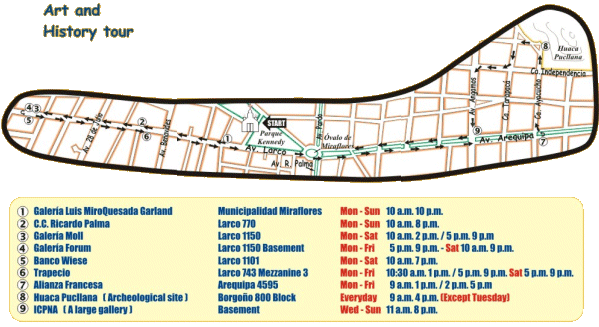
Scenic Walking Route Route traverses the coastline, overlooking parks, beaches and the ocean. It takes approximately 1 hour without stops.
Lima's Street Foods
Nothing captures the spirit, culture and essence of a country or city more than its street foods.
 Picarones are hand-rolled doughnuts deep-fried in the Spanish tradition and typically served with honey. Each vendor makes a unique accompanying sauce or honey. One vendor for instance, infuses honey with dried figs, raisins, clove, cinnamon and anise seed.
Picarones are hand-rolled doughnuts deep-fried in the Spanish tradition and typically served with honey. Each vendor makes a unique accompanying sauce or honey. One vendor for instance, infuses honey with dried figs, raisins, clove, cinnamon and anise seed.
Anticuchos are pieces of skewered meat (brochettes) that are sold throughout the streets of Peru. The most common kind is called anticucho de corazón, which is marinated beef hearts grilled on a stick.
